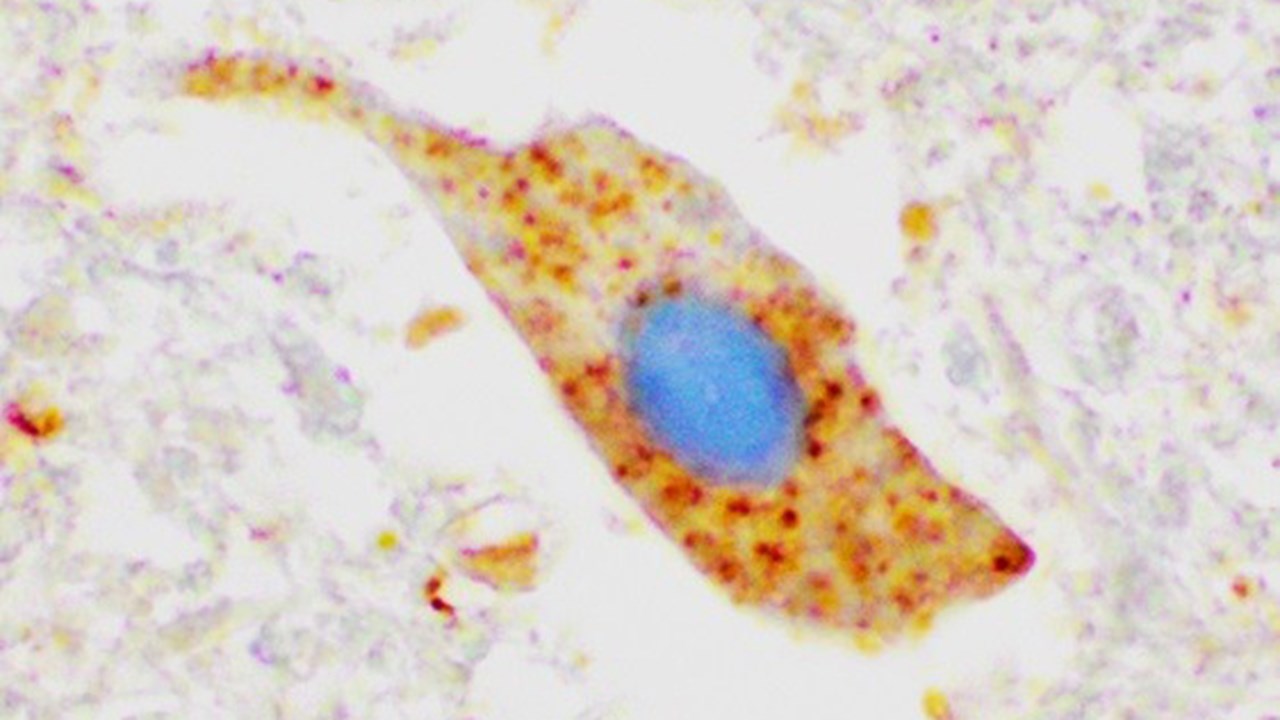About the public defence of the doctoral thesis:
Friday 14 September, Johan Bergh at the Department of Medical Biosciences defends his thesis with the title: Structural investigation of SOD1 aggregates in ALS. Identification of prion strains using anti-peptides antibodies.
Faculty opponent: Associate Professor Joakim Bergström, Department of Public Health and Care Sciences, Unit for Molecular Geriatrics, Uppsala University. Principal supervisor: Professor Thomas Brännström, Umeå University. Time: 09:00. Location: Biomedicine Building, Major Groove, Umeå University.



